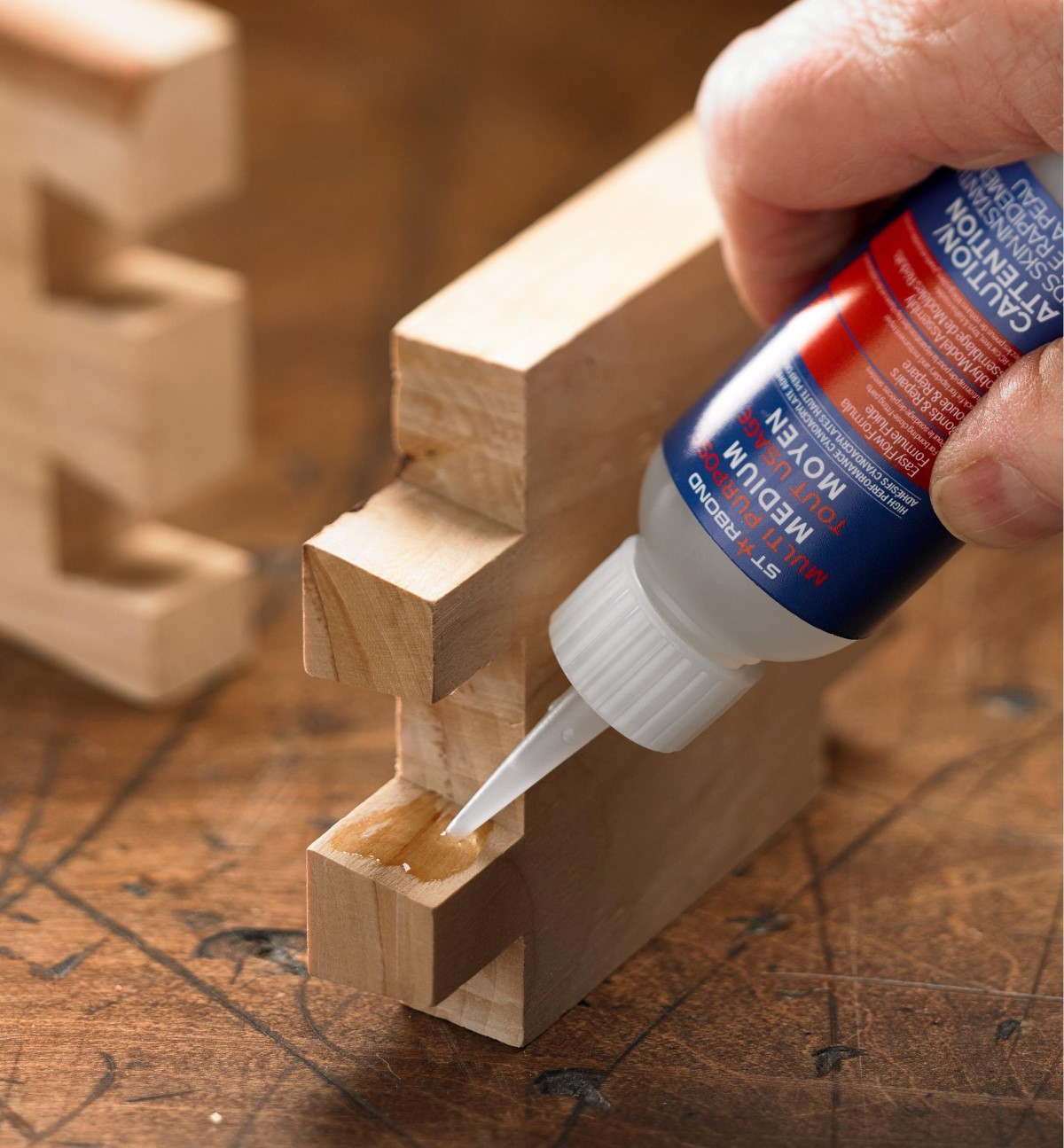

Articles
What Is Ca Glue For Woodworking
Modified: January 8, 2024
Discover the benefits of using CA glue for woodworking with our informative articles. Explore tips, techniques, and recommended products for your woodworking projects.
(Many of the links in this article redirect to a specific reviewed product. Your purchase of these products through affiliate links helps to generate commission for Storables.com, at no extra cost. Learn more)
Introduction
In the world of woodworking, having a reliable and versatile adhesive is essential. One such adhesive that has gained popularity among woodworkers is CA glue. CA glue, short for cyanoacrylate glue, is a type of fast-drying adhesive that bonds quickly and strongly to various materials, including wood.
CA glue has become a staple in many woodworking projects due to its numerous advantages and ease of use. Whether you’re a professional woodworker or a DIY enthusiast, understanding the benefits and applications of CA glue can greatly enhance your woodworking experience.
In this article, we will explore what CA glue is, the types of CA glue available for woodworking, the advantages of using CA glue in woodworking projects, proper usage techniques, safety tips, and common troubleshooting issues.
So, whether you’re looking to join pieces of wood together or repair a broken wooden item, read on to discover the wonders of CA glue and how it can revolutionize your woodworking projects.
Key Takeaways:
- CA glue, also known as cyanoacrylate glue, is a fast-drying adhesive that offers woodworkers numerous advantages, including fast bonding, strong adhesion, and versatility in various woodworking applications.
- Proper handling and safety precautions are crucial when working with CA glue to ensure a safe and enjoyable woodworking experience. Understanding the different types, advantages, and troubleshooting tips can help woodworkers fully harness the power of CA glue in their projects.
Read more: How To Store Ca Glue
What is CA Glue?
CA glue, also known as cyanoacrylate glue or super glue, is a fast-drying adhesive that is widely used in various industries, including woodworking. It is a type of adhesive that forms an incredibly strong bond between surfaces by rapidly polymerizing when it comes into contact with moisture in the air.
CA glue was initially developed for medical use as a replacement for stitches. However, its exceptional bonding properties soon led to its adoption in other fields, including woodworking. It is particularly useful for woodworking projects that require quick adhesion and strong bonds.
CA glue is available in different viscosities, ranging from thin to thick. Thin CA glue has a low viscosity, allowing it to penetrate deep into the pores of wood, while thick CA glue has a higher viscosity and is better for bonding larger surfaces or filling gaps.
The main ingredient in CA glue is a cyanoacrylate compound. This compound undergoes a rapid chemical reaction when exposed to water or moisture, forming a strong and durable bond. The speed at which CA glue dries makes it ideal for woodworking projects where time is of the essence.
One important thing to note is that CA glue should be used with caution, as it can bond skin together near-instantaneously. It is important to handle it carefully and take proper safety precautions when working with CA glue.
Now that we have a basic understanding of what CA glue is let’s explore the different types of CA glue that are commonly used in woodworking.
Types of CA Glue for Woodworking
When it comes to woodworking, there are different types of CA glue available, each with its own unique characteristics and purposes. Let’s take a closer look at some of the common types of CA glue used in woodworking:
- Thin CA Glue: Thin CA glue has a low viscosity and is ideal for penetrating deep into the pores of wood. It creates a strong and fast bond, making it perfect for bonding delicate or small pieces of wood together. Thin CA glue is also commonly used for repairing small cracks and gaps in wood.
- Medium CA Glue: Medium CA glue has a slightly higher viscosity compared to thin CA glue. This makes it suitable for bonding larger wood surfaces and filling wider gaps. Medium CA glue provides a balance between penetration and gap-filling capabilities, making it versatile for various woodworking applications.
- Thick CA Glue: Thick CA glue has a high viscosity and is often used for bonding large wood surfaces or filling substantial gaps. It is less likely to run or drip, allowing for more controlled application. Thick CA glue provides a strong bond and is commonly used in applications where strength and durability are crucial, such as joinery and structural repairs.
- Accelerator: In addition to different viscosities, there is also a product called accelerator that can be used in conjunction with CA glue. The accelerator is a spray or liquid that speeds up the drying time of CA glue, allowing for even faster bonding. It is particularly useful when working on projects that require instant adhesion or when bonding non-porous materials.
It’s important to choose the right type of CA glue for your woodworking project based on the specific requirements and characteristics of the materials you’re working with. Factors to consider include the size, porosity, and desired speed of bonding.
Now that we know the different types of CA glue used in woodworking let’s explore the advantages of using CA glue in woodworking projects.
Advantages of CA Glue for Woodworking
CA glue offers numerous benefits that make it a popular choice among woodworkers. Let’s take a look at some of the advantages of using CA glue in woodworking projects:
- Fast Bonding: One of the primary advantages of CA glue is its rapid drying time. Unlike other adhesives that require hours or even days to fully cure, CA glue forms a strong bond within seconds. This allows woodworkers to quickly move on to the next step of their project, increasing productivity and efficiency.
- Strong Bond: CA glue creates an incredibly strong bond between wood surfaces, ensuring a durable and long-lasting result. Whether you are joining pieces of wood together, repairing a broken wooden item, or filling cracks and gaps, CA glue provides a reliable and robust bond.
- Versatility: CA glue can be used with various types of wood, including hardwoods and softwoods. It adheres well to different wood finishes, such as raw wood, stained wood, or even finished wood surfaces. Additionally, CA glue can bond wood to other materials like metal, plastic, and glass, making it a versatile adhesive in woodworking projects.
- Minimal Clamping: Unlike traditional woodworking adhesives that often require clamping to ensure a strong bond, CA glue has excellent initial tack and bond strength. This means that in many cases, clamping may not be necessary, saving both time and effort during the construction or repair process.
- Penetrates Porous Surfaces: Thin CA glue has the ability to penetrate deep into the pores of wood, enhancing the bond strength. This makes it effective for bonding materials with rough or uneven surfaces, ensuring a tight and secure connection.
- Easy Application: CA glue is easy to apply, thanks to its thin consistency and the ability to control the amount dispensed. It can be applied using a brush, dropper, or even by using the nozzle of the bottle directly. The precision applicators available for CA glue allow for accurate and controlled application, even in intricate woodworking tasks.
- Wide Range of Uses: CA glue is suitable for a wide range of woodworking applications, including joinery, veneering, inlay work, repairing cracks and splits, and securing loose joints. It is also commonly used for hobbyist projects, such as model making and crafting, due to its versatility and fast bonding properties.
By taking advantage of these benefits, woodworkers can achieve professional-quality results while enjoying the efficiency and convenience that CA glue brings to their projects.
Now that we’ve explored the advantages of CA glue, let’s learn how to properly use it in woodworking projects.
When using CA glue for woodworking, make sure to work in a well-ventilated area and wear gloves to protect your skin. Keep a bottle of acetone on hand for cleaning up any spills or removing excess glue.How to Use CA Glue in Woodworking Projects
Using CA glue in woodworking projects is relatively straightforward. Here are some important steps to follow for proper application:
- Prepare the Surfaces: Before applying CA glue, ensure that the surfaces to be bonded are clean, dry, and free from any dust or debris. This will help promote better adhesion and a stronger bond.
- Choose the Right Viscosity: Select the appropriate viscosity of CA glue based on the specific application. Thin CA glue is ideal for small or intricate woodwork, while medium or thick CA glue is better for larger surfaces or filling gaps.
- Apply the Glue: Carefully apply a small amount of CA glue to one of the surfaces to be bonded. Use a brush or precision applicator to ensure precise application and to avoid excessive glue spreading.
- Bring the Surfaces Together: Press the two surfaces together firmly, ensuring proper alignment. CA glue bonds quickly, so it’s important to work swiftly and accurately. Avoid sliding the pieces once they are in contact to prevent misalignment or smearing of the glue.
- Hold Firmly: For a few seconds after joining the surfaces, apply firm and even pressure to ensure a tight bond. This can be done by using clamps or holding the pieces together manually. Remember to wear gloves or use a clean cloth to avoid direct contact with the glue.
- Allow Time to Cure: CA glue dries rapidly, but it is recommended to allow sufficient time for the bond to fully cure. Follow the manufacturer’s instructions for recommended curing time, which is typically within a few hours.
- Remove Excess Glue: Once the bond is fully cured, check for any excess glue that may have squeezed out during the bonding process. Use a sharp chisel, razor blade, or sandpaper to carefully remove any excess glue and ensure a clean finish.
- Finish as Desired: Proceed with sanding, staining, or finishing the wood surfaces as desired. CA glue is compatible with most finishes, but it’s always a good practice to test a small inconspicuous area before applying the finish to the entire project.
It’s important to note that CA glue bonds quickly and is not reversible, so it’s crucial to work with precision and care during application.
Now that we know how to use CA glue, let’s discuss some safety tips to ensure a safe woodworking experience.
Read more: What Glue Works On Glass
Safety Tips for Working with CA Glue
While CA glue is a powerful adhesive, it’s important to handle it with care to ensure a safe and enjoyable woodworking experience. Here are some essential safety tips to keep in mind when working with CA glue:
- Protective Gear: Always wear protective gear, including gloves and safety glasses, when working with CA glue. This will help prevent accidental contact with the glue and protect your skin and eyes.
- Well-Ventilated Area: Use CA glue in a well-ventilated area or work outdoors if possible. This will help prevent inhalation of fumes that may be released during the curing process.
- Avoid Skin Contact: CA glue bonds skin together almost instantly. If you accidentally get CA glue on your skin, immediately rinse the affected area with plenty of water and gently separate the bonded skin. Seek medical attention if necessary.
- Keep Away from Children and Pets: Store CA glue in a secure location away from the reach of children or pets. The quick-drying nature of the glue can be dangerous if misused.
- Proper Storage: Ensure that CA glue is stored upright in a cool and dry place, away from direct sunlight. This will help maintain its effectiveness and prolong its shelf life.
- Read and Follow Instructions: Always read and follow the manufacturer’s instructions for proper usage and safety precautions specific to the CA glue you are using. Different brands may have slight variations in application and safety guidelines.
- Use in Moderation: Avoid using excessive amounts of CA glue, as it can lead to messy and uneven bonding. Remember, a little goes a long way.
- Clean-Up: Clean tools and surfaces immediately after using CA glue. Acetone or a CA glue remover can be used to dissolve and remove any dried excess glue.
- Dispose Properly: Dispose of empty or expired CA glue bottles according to local regulations. Do not toss them in regular household waste.
By following these safety precautions, you can work confidently and minimize the risks associated with working with CA glue.
Now, let’s move on to discussing some common issues and troubleshooting tips when working with CA glue.
Common Issues and Troubleshooting with CA Glue
While CA glue is a reliable adhesive, there are some common issues that woodworkers may encounter during its usage. Let’s explore these issues and their troubleshooting solutions:
- White Blobs or Haze: Sometimes, CA glue can leave behind white blobs or haze on the wood surface. This is known as “blushing” and is caused by moisture trapped in the glue during the curing process. To fix this issue, lightly sand the affected area with fine-grit sandpaper and apply a thin layer of CA glue or a clear finish to restore clarity.
- Stickiness or Tackiness: In some cases, CA glue may remain slightly sticky or tacky even after the recommended curing time. This can happen if the glue layer is too thick or if conditions are humid. To resolve this, lightly sand the surface and reapply a thin layer of CA glue. Ensure proper ventilation and allow for adequate drying time.
- Bond Failure: If a bonded joint fails, it could be due to improper surface preparation, insufficient glue application, or incompatible materials. In such cases, clean both surfaces thoroughly, reapply CA glue, and ensure proper clamping pressure or alignment. If necessary, consider using a more suitable adhesive for the specific materials being bonded.
- Incomplete Bond: Sometimes, CA glue may not fully bond surfaces together, resulting in a weak joint. This could be due to contamination on the surfaces, inadequate pressure during bonding, or expired CA glue. Ensure proper surface preparation, apply sufficient pressure during bonding, and use fresh CA glue for optimal bonding strength.
- Excessive Clogging of Nozzle: CA glue nozzles can get clogged, making it difficult to dispense the adhesive. To unclog the nozzle, remove it from the glue bottle, clean it with acetone or a needle, and rinse with warm water. You can also use a pin to clear any dried glue residue from the dispenser tip.
- Fast Drying Time: While rapid drying is an advantage, it can also be a challenge when working on complex projects or when bonding larger surfaces. To extend the working time, consider using a CA glue with a slower setting time or use an accelerator sparingly to control the curing process.
Remember, each troubleshooting situation may require a different approach, and it’s essential to assess the specific issue and adjust your technique or materials accordingly.
Now that we’ve covered common issues and troubleshooting, let’s conclude our article.
Conclusion
CA glue, with its fast-drying and strong bonding properties, has become a valuable tool in the world of woodworking. Its ability to create reliable and durable bonds quickly has revolutionized the way woodworkers approach their projects. By understanding the different types of CA glue, its advantages, correct usage techniques, safety precautions, and troubleshooting tips, woodworkers can fully harness the power of CA glue in their woodworking endeavors.
The versatility of CA glue allows it to be used in a wide range of woodworking applications, from joining pieces of wood together to repairing cracks and gaps. Its fast-drying nature and ability to penetrate porous surfaces make it an efficient and reliable adhesive choice.
When working with CA glue, it’s crucial to prioritize safety by wearing protective gear, working in a well-ventilated area, and avoiding contact with skin. Adhering to proper storage and disposal practices is also essential to ensure safe and responsible usage of CA glue.
While occasional challenges may arise, such as blushing, tackiness, or bond failure, understanding common issues and their troubleshooting solutions can help woodworkers overcome these obstacles and achieve successful outcomes in their projects.
Whether you’re a seasoned woodworker or a beginner, incorporating CA glue into your woodworking toolkit can greatly enhance your craftsmanship and productivity. Its speed, strength, and versatility make it a reliable adhesive for a wide range of woodworking applications.
So, the next time you embark on a woodworking project, consider the benefits of using CA glue and explore the possibilities it offers in creating professional-quality woodworking pieces.
Frequently Asked Questions about What Is Ca Glue For Woodworking
Was this page helpful?
At Storables.com, we guarantee accurate and reliable information. Our content, validated by Expert Board Contributors, is crafted following stringent Editorial Policies. We're committed to providing you with well-researched, expert-backed insights for all your informational needs.
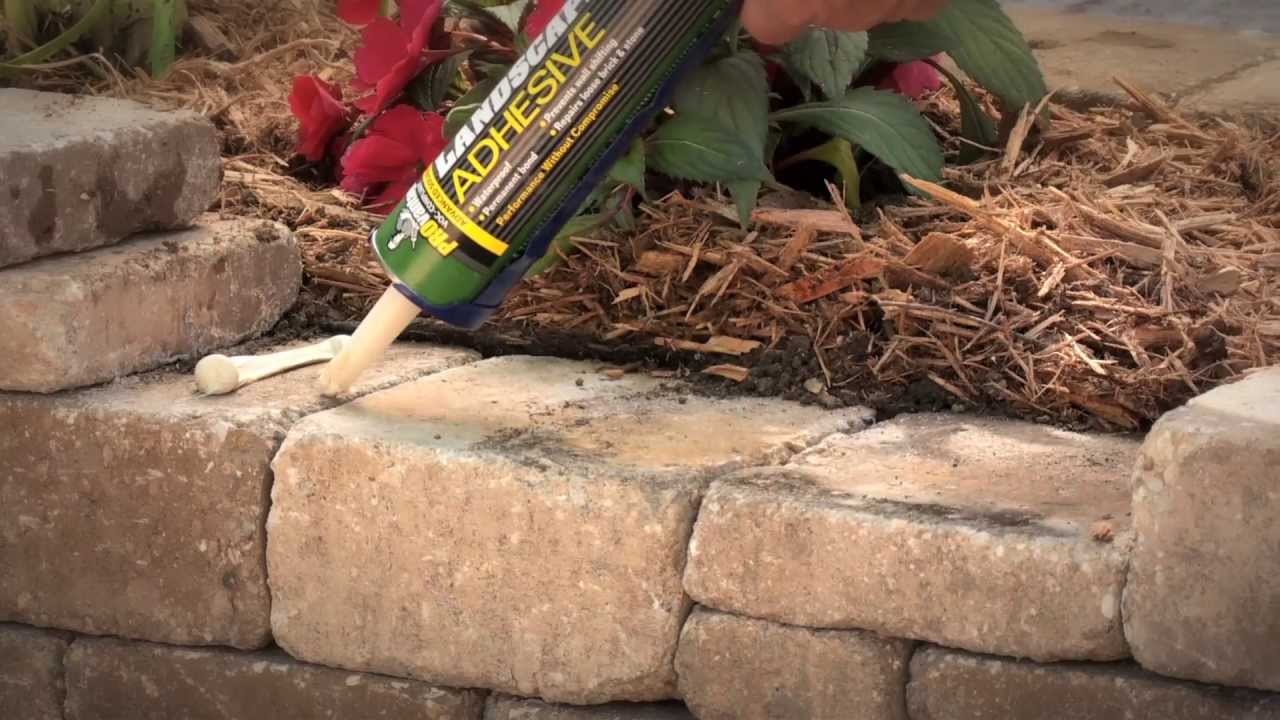
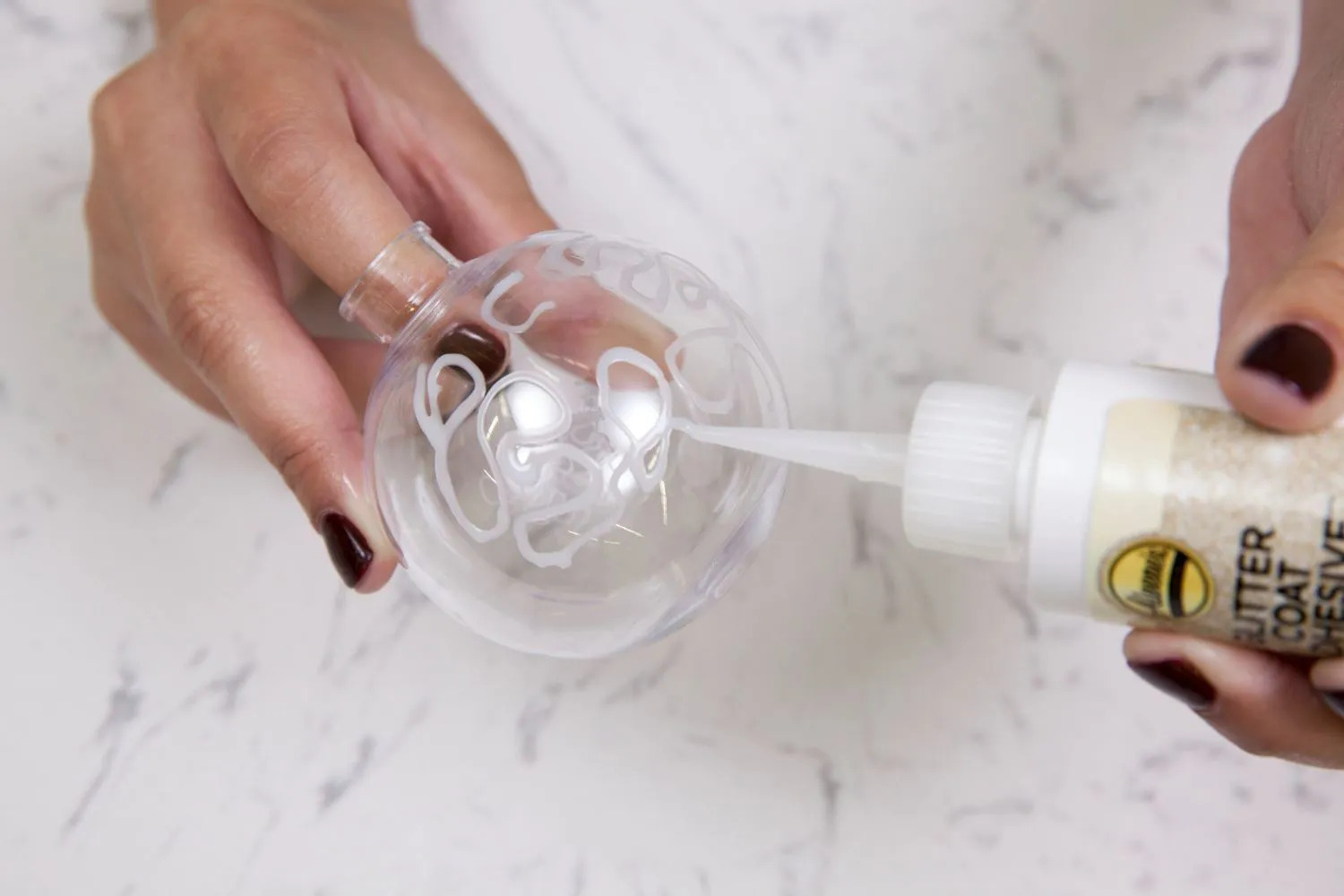

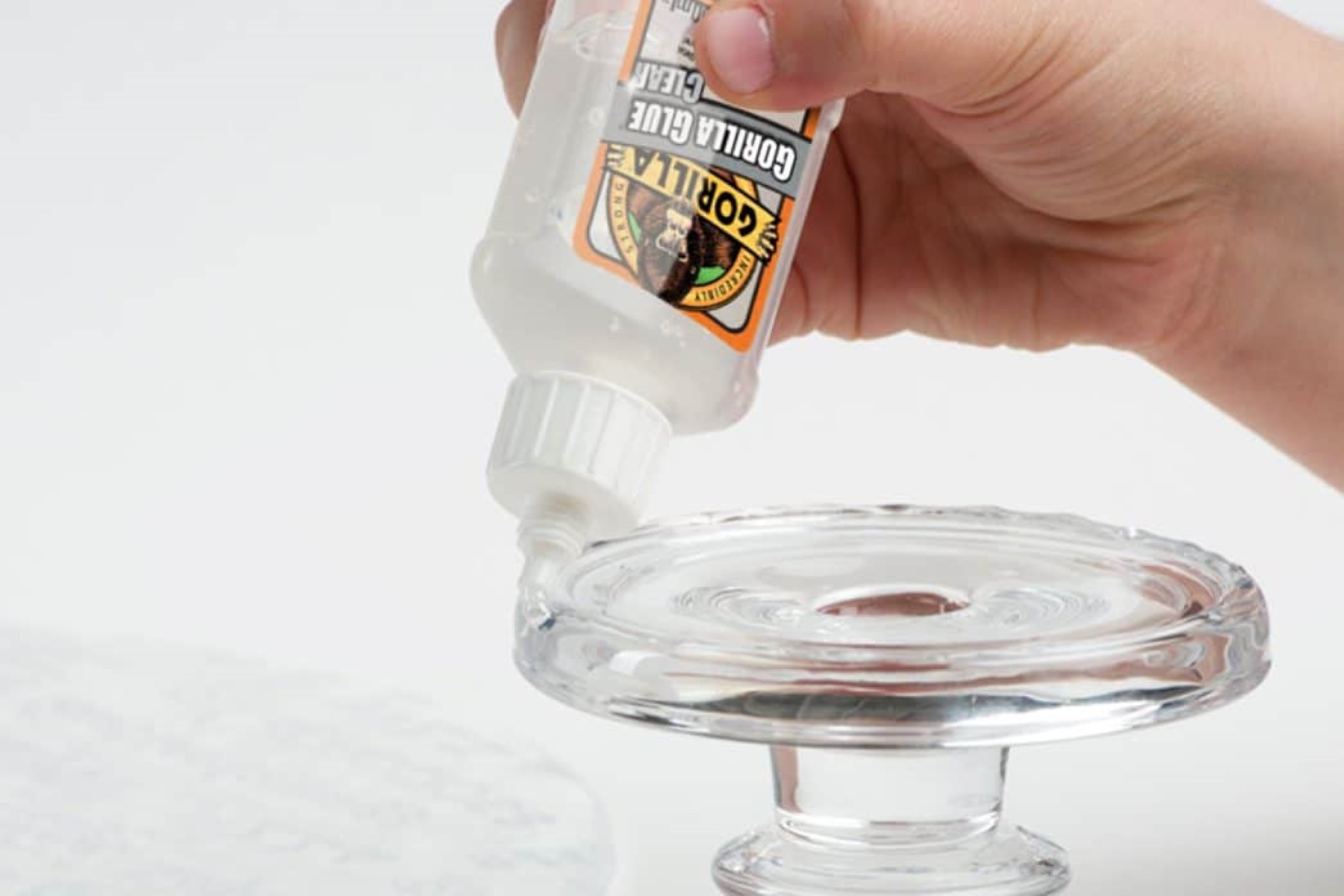

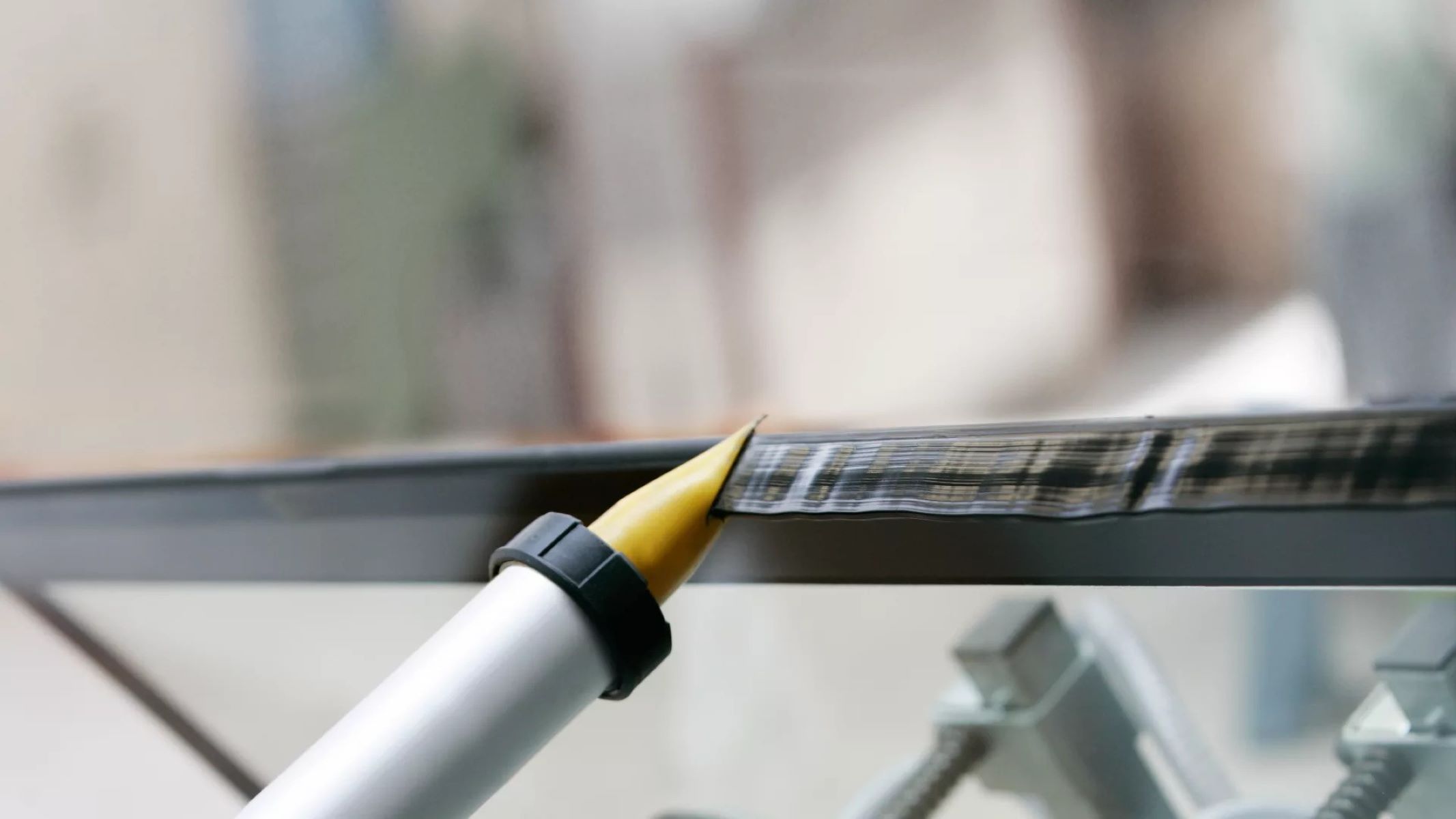
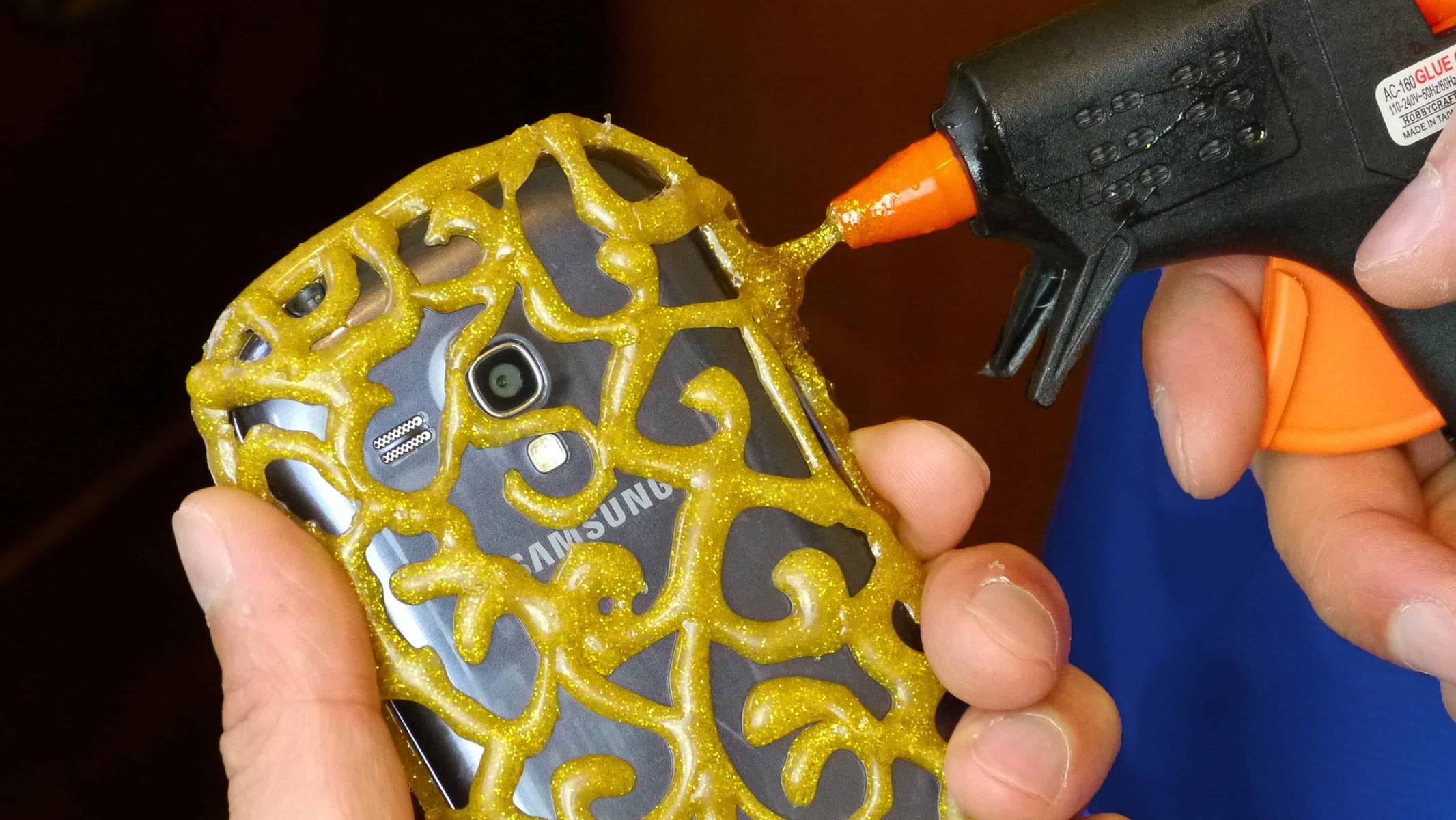
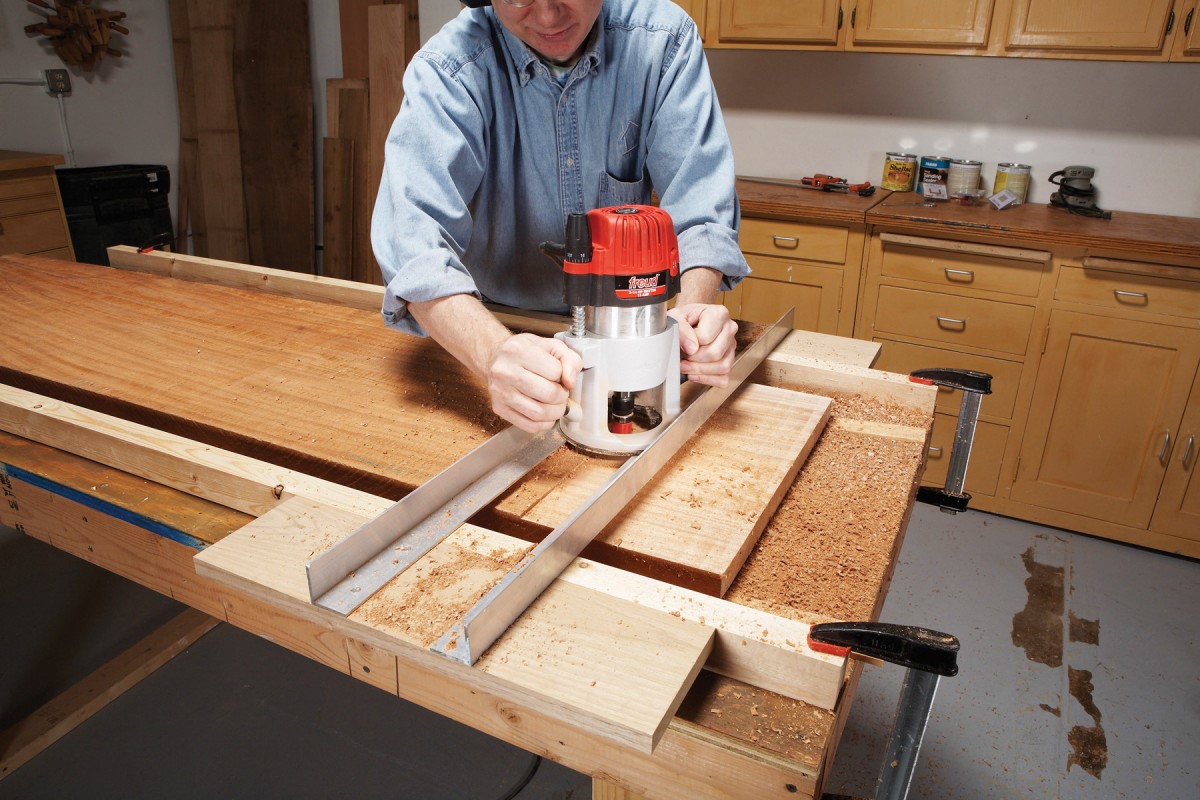
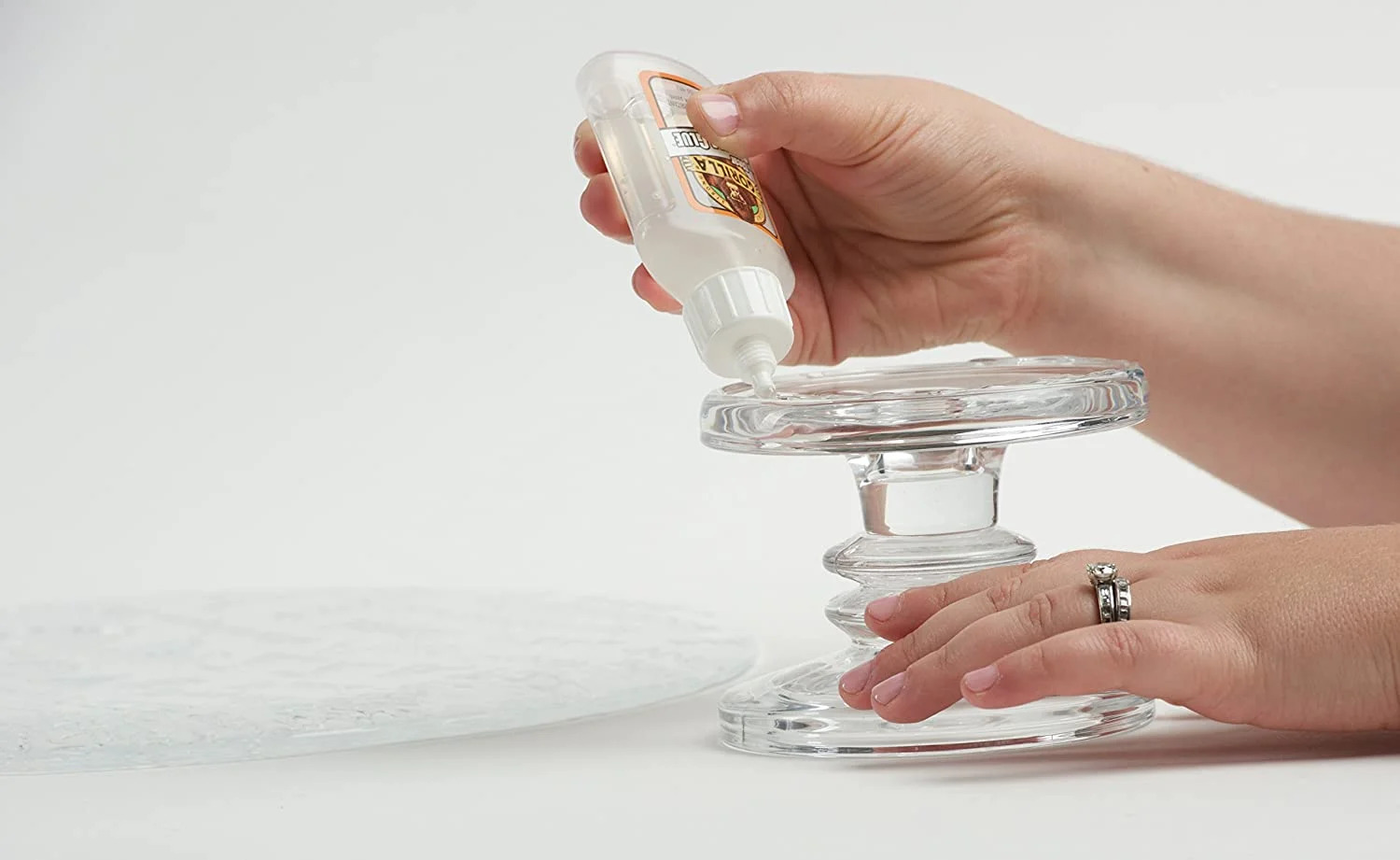
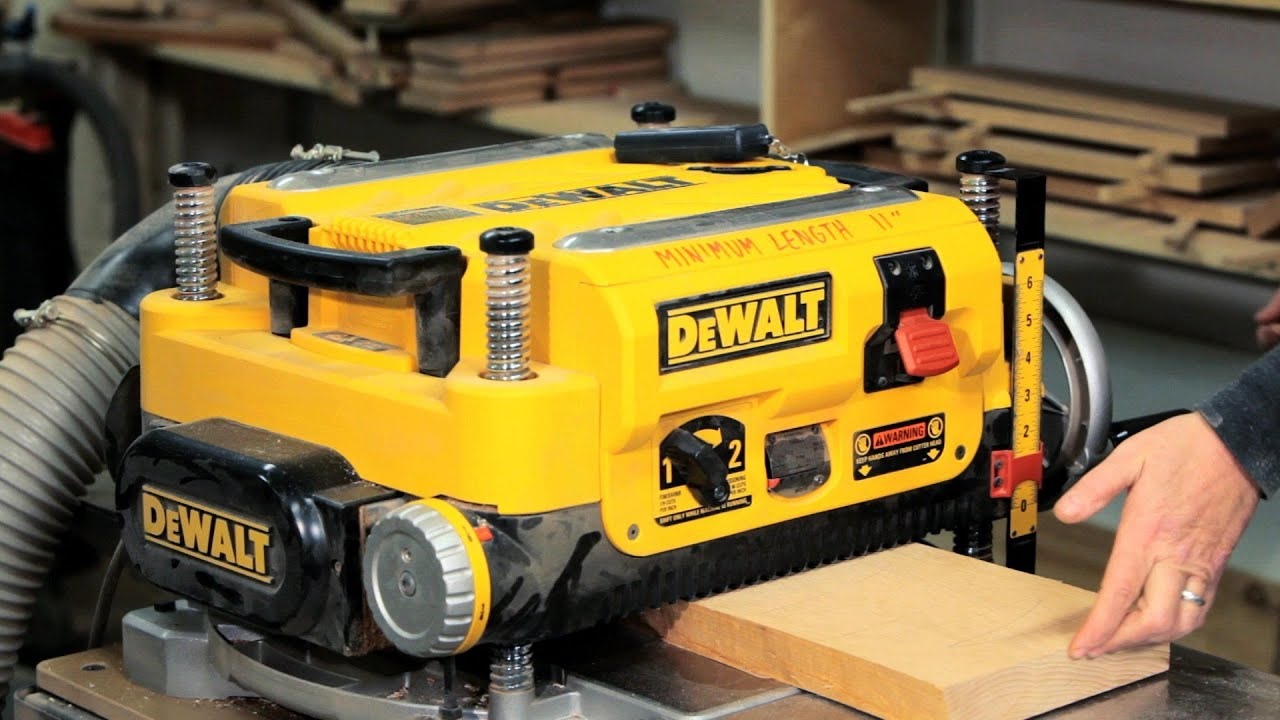
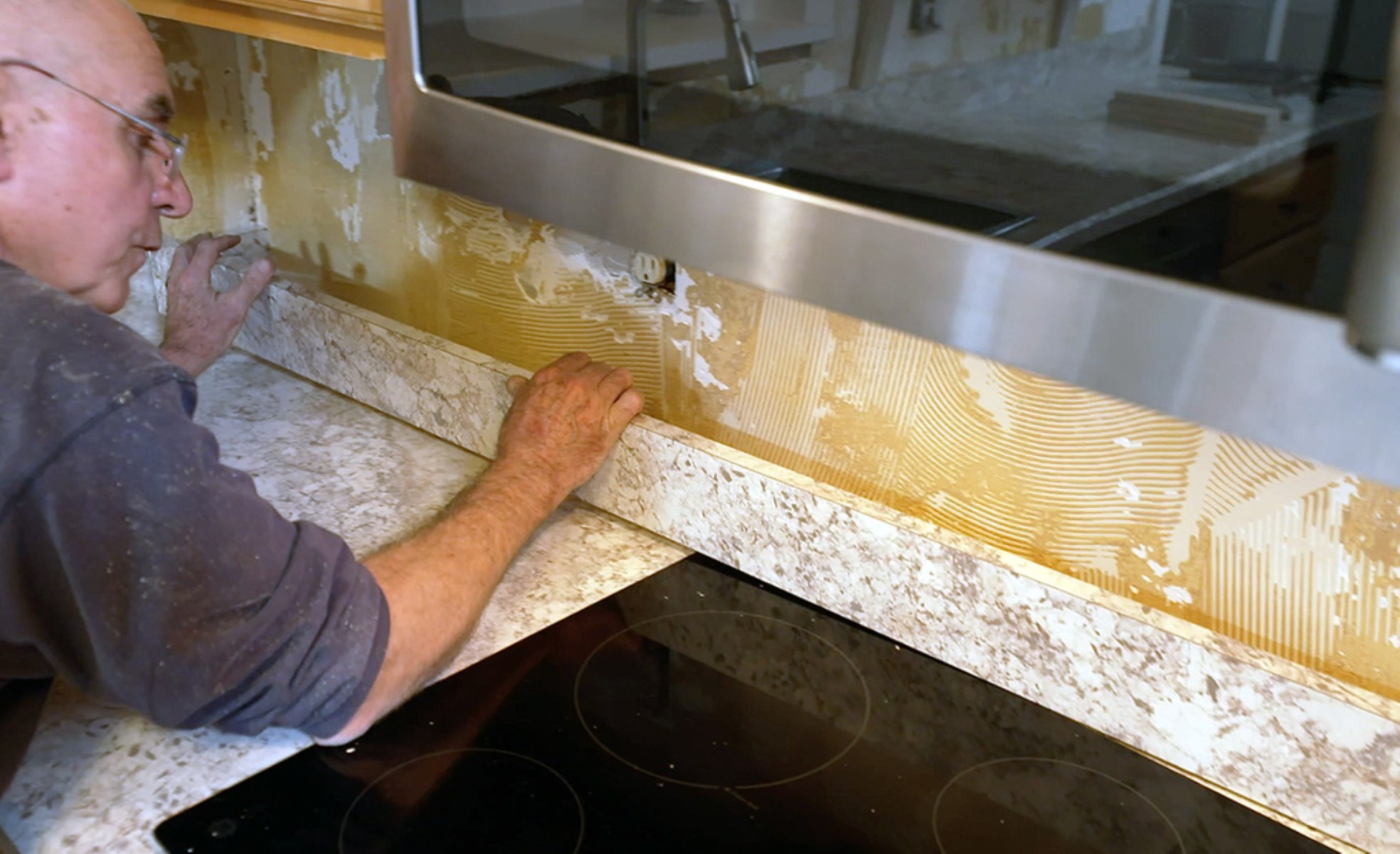
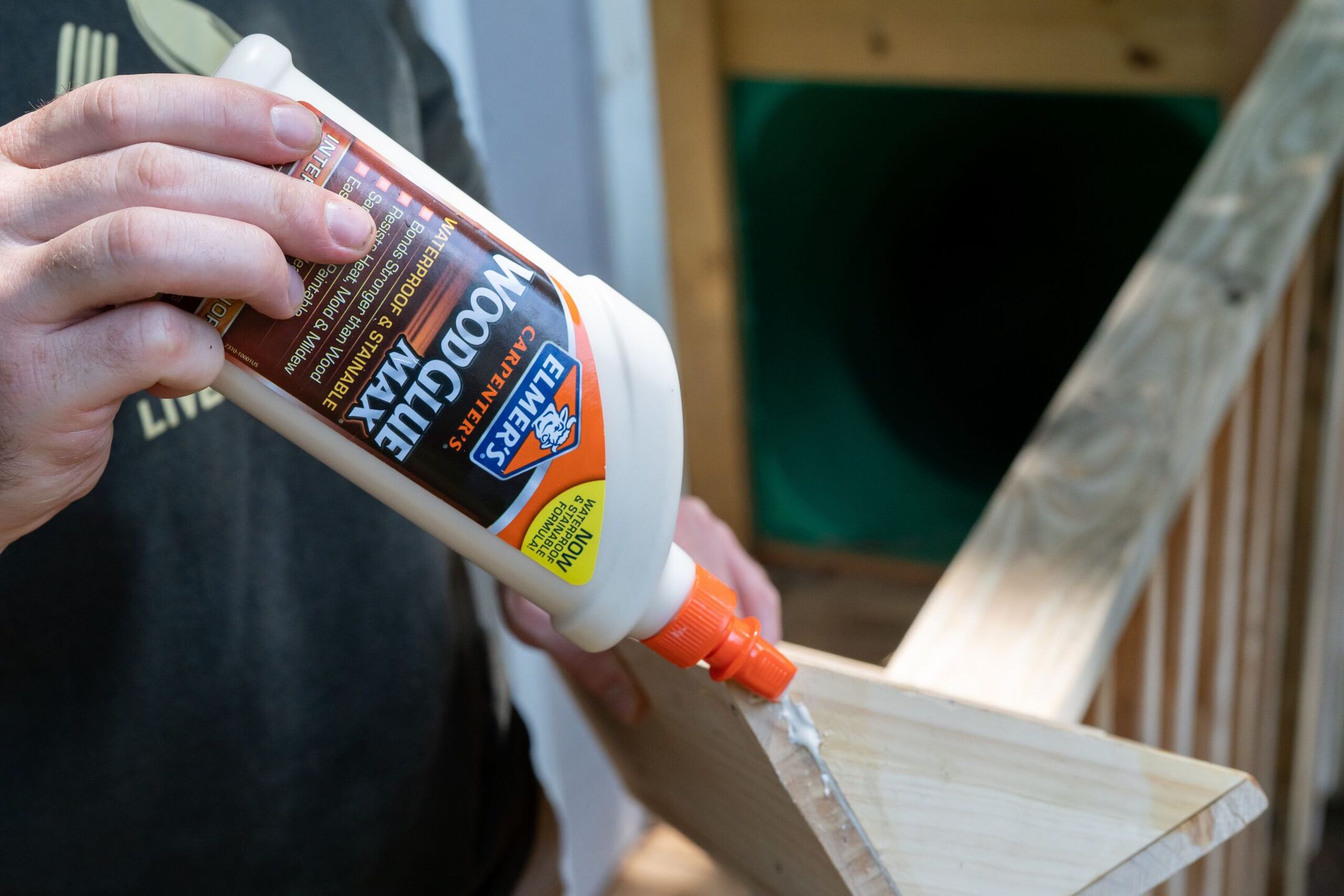

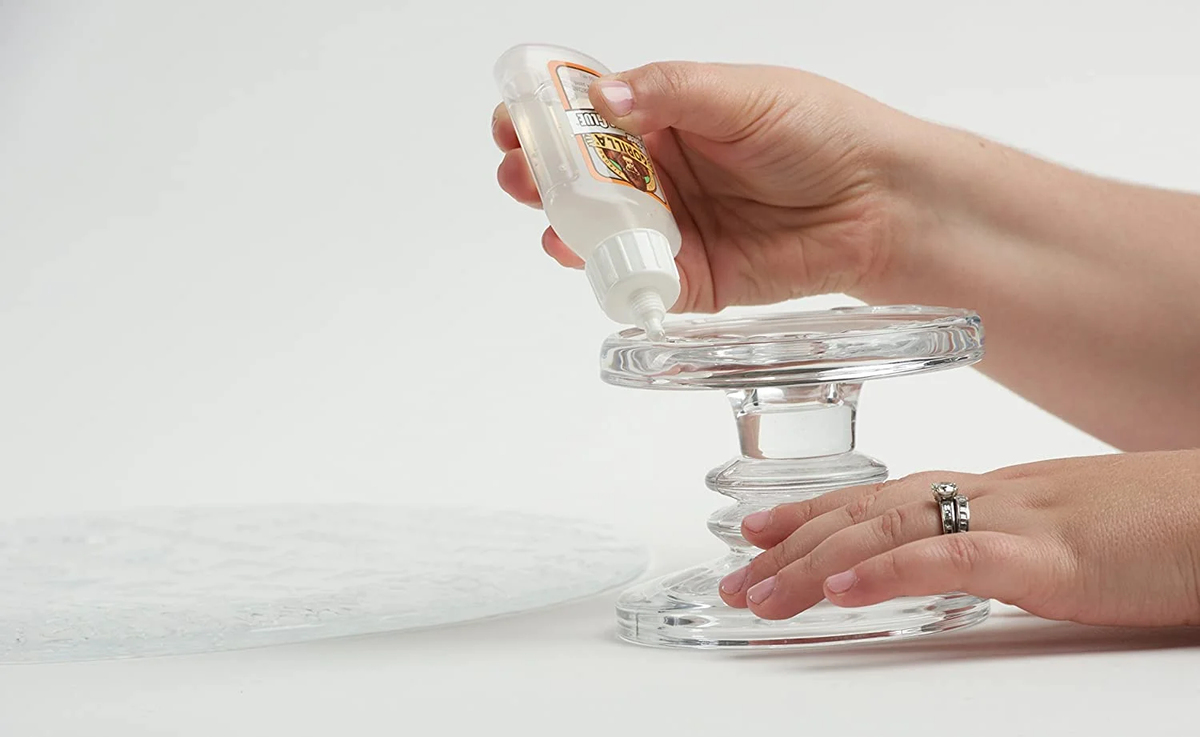

0 thoughts on “What Is Ca Glue For Woodworking”